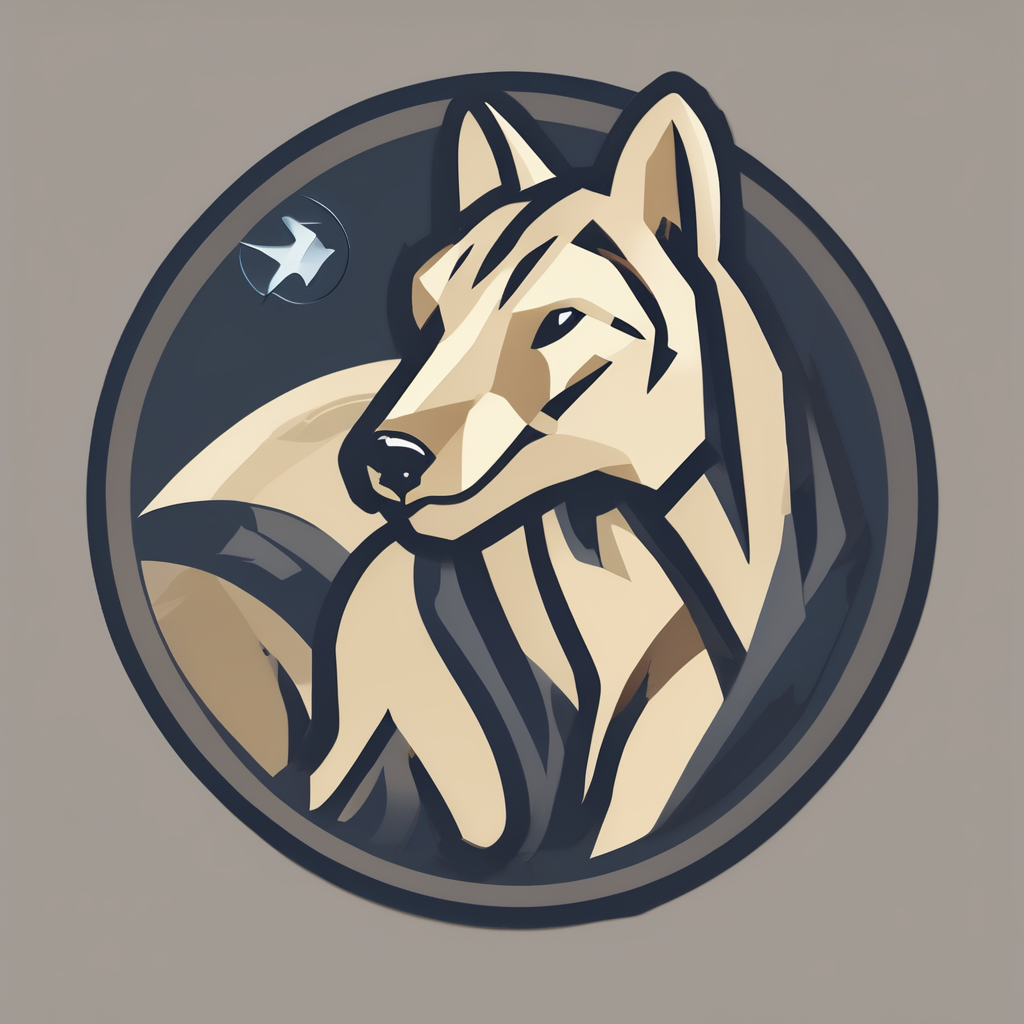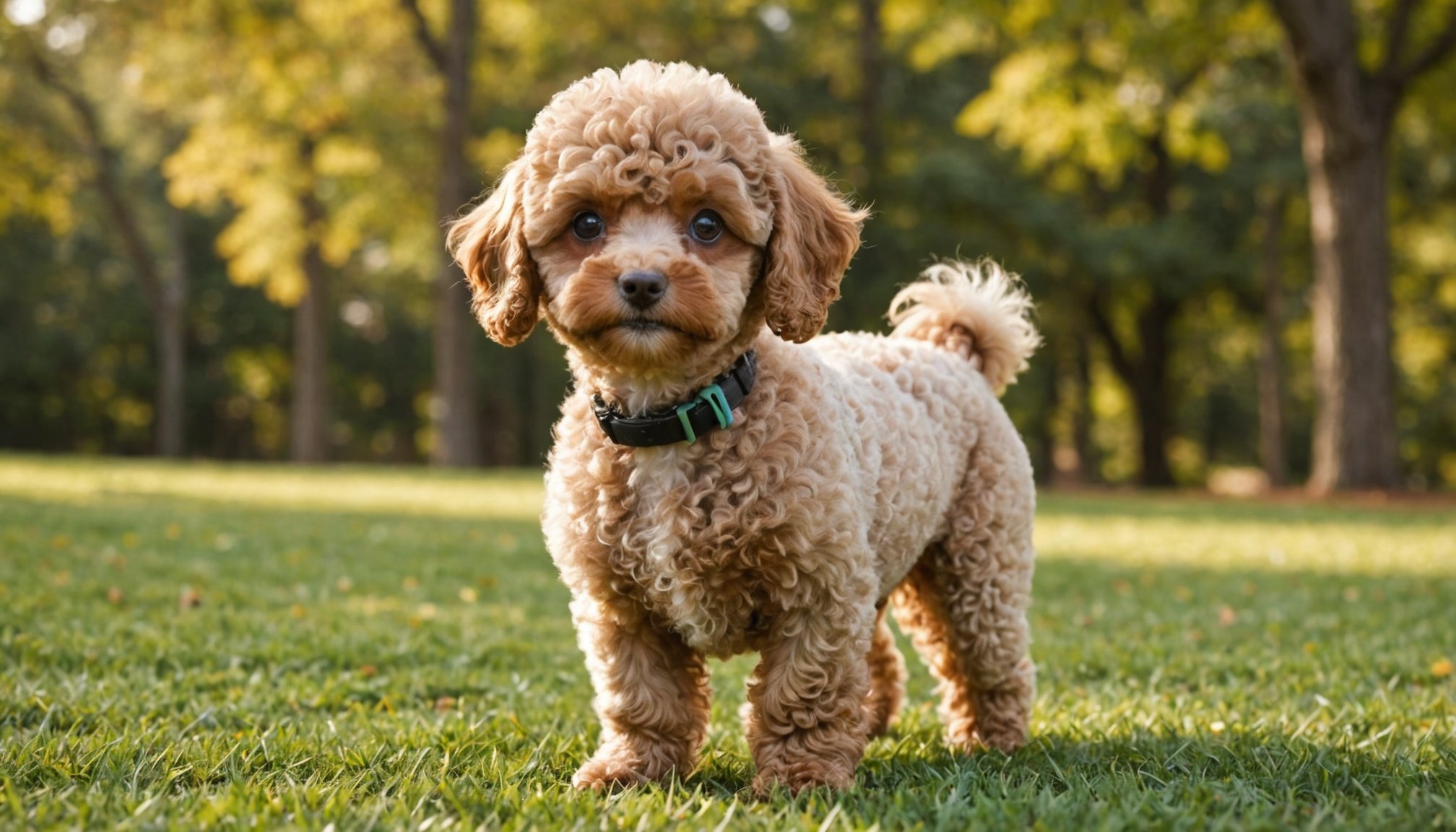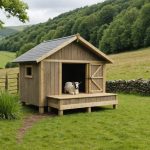Unlocking Success: The Ultimate Housetraining Plan for Your Toy Poodle Puppy
Understanding Your Toy Poodle Puppy
When you bring home a new toy poodle puppy, it’s essential to understand that housetraining is a journey that requires patience, consistency, and positive reinforcement. Toy poodles, like other breeds, are intelligent and eager to please, but they also have specific needs and characteristics that can influence the training process.
Intelligence and Trainability
Toy poodles are known for their exceptional intelligence, inherited from their parent breeds, the Poodle and often the Toy Poodle’s ancestors. This intelligence makes them highly trainable, but it also means they can get bored or distracted if not engaged properly.
This might interest you : Mastering housetraining: your complete guide to success with a toy poodle puppy
"Intelligence is one of the key factors in successful dog training. Toy poodles are quick learners and respond well to commands and tasks," says a veteran dog trainer.
Preparing Your Home for Housetraining
Before you start the housetraining process, it’s crucial to prepare your home to make the transition as smooth as possible for your new puppy.
Setting Up the Right Environment
- Designate a Potty Area: Choose a specific spot outside, such as a grassy area or a puppy pad, where you want your puppy to go to the bathroom. Make sure it’s easily accessible and preferably close to your back door.
- Use Positive Reinforcement: Keep treats and praise ready to reward your puppy immediately after they use the designated potty area.
- Crate Training: A crate can be a valuable tool for housetraining. It helps in controlling the puppy’s environment and preventing accidents when you’re not supervising. However, make sure the crate is not used as a punishment but rather as a safe space for your puppy.
"A crate is not a jail; it's a safe space for your puppy. It helps in preventing accidents and gives you peace of mind when you're not around," advises a puppy coach.
Creating a Puppy Schedule
Consistency is key when it comes to housetraining. Here’s how you can create a schedule that works for your toy poodle puppy:
Also to read : Enhance your bloodhound”s scent tracking mastery: improve performance in search and rescue missions!
Daily Routine
- Morning and Evening Walks: Take your puppy out to the designated potty area immediately after waking up and before bedtime. These walks should be about 10-15 minutes long.
- After Meals: Puppies often need to go to the bathroom after eating. Take your puppy out within 15-30 minutes after each meal.
- Playtime and Naps: Puppies have small bladders and can’t hold their urine for long periods. Take your puppy out after playtime and naps.
- Nighttime: Puppies under six months may not be able to hold their urine through the night. Be prepared for midnight trips to the potty area.
Crate Training: A Comprehensive Guide
Crate training is an essential part of housetraining your toy poodle puppy. Here’s how you can do it effectively:
Why Crate Training?
- Prevents Accidents: Crates help prevent your puppy from having accidents in the house when you’re not supervising.
- Reduces Separation Anxiety: Crates provide a safe space for your puppy, reducing the likelihood of separation anxiety.
- Aids in Potty Training: Crates help your puppy learn to hold their urine and feces until they are taken outside.
How to Crate Train Your Puppy
- Introduce the Crate Gradually: Start by leaving the crate door open and placing treats or toys inside to make it inviting.
- Increase Crate Time: Gradually increase the time your puppy spends in the crate, starting with short periods and increasing to longer ones.
- Make It Comfortable: Add a comfortable bed or blanket to the crate to make it a cozy space for your puppy.
Potty Training Tips and Tricks
Here are some tips and tricks to help you with potty training your toy poodle puppy:
Positive Reinforcement
- Reward Good Behavior: Use treats, praise, and affection to reward your puppy for using the designated potty area.
- Be Consistent: Use the same commands and rewards each time you take your puppy to the potty area.
Watch for Signs
- Puppy Body Language: Puppies often sniff and circle before they go to the bathroom. If you see your puppy exhibiting these behaviors, quickly take them to the potty area.
Clean Up Accidents Properly
- Use the Right Cleaning Products: Use a cleaner that eliminates the scent of urine and feces to prevent your puppy from returning to the same spot.
- Don’t Punish Accidents: Accidents are part of the learning process. Instead of punishing your puppy, encourage them to go to the designated potty area.
Socialization and Its Impact on Housetraining
Socialization is crucial for any puppy, and it can also impact housetraining.
Early Socialization
- Expose to Different Environments: Take your puppy to different places, such as parks, pet stores, and friends’ homes, to help them become confident in new environments.
- Meet New People and Animals: Introduce your puppy to various people and animals to help them become well-adjusted and less likely to have anxiety-related accidents.
"Socialization is key to raising a well-adjusted puppy. It helps in reducing anxiety and making the housetraining process smoother," says a dog behaviorist.
Common Challenges and Solutions
Housetraining can come with its set of challenges. Here are some common issues and how to address them:
Accidents in the House
- Increase Supervision: Keep a closer eye on your puppy, especially in the early stages of housetraining.
- Adjust the Schedule: If your puppy is having frequent accidents, it might be a sign that the schedule needs to be adjusted.
Resistance to Crate Training
- Gradual Introduction: Introduce the crate gradually to avoid overwhelming your puppy.
- Make It Comfortable: Ensure the crate is comfortable and inviting.
Housetraining your toy poodle puppy is a journey that requires patience, consistency, and positive reinforcement. By understanding your puppy’s needs, preparing your home, creating a schedule, and using crate training effectively, you can set your puppy up for success.
Final Tips
- Stay Patient: Housetraining can take time, so it’s important to stay patient and not get discouraged by accidents.
- Seek Help When Needed: If you’re facing persistent challenges, don’t hesitate to seek help from a professional dog trainer or behaviorist.
"Housetraining is not just about teaching your puppy to go to the bathroom outside; it's about building a strong bond and setting them up for a happy, healthy life," says a seasoned dog owner.
Additional Resources
For further guidance, here are some additional resources you might find helpful:
Books
- “The Puppy Primer” by Patricia McConnell
- “Before and After Getting Your Puppy” by Dr. Ian Dunbar
Online Courses
- Puppy Training Courses on platforms like Udemy or Coursera
- Webinars by professional dog trainers
Communities
- Join online communities or forums for dog owners to share tips and advice.
By following these guidelines and staying committed to the process, you can help your toy poodle puppy become a well-trained and well-adjusted member of your family.
Table: Comparing Different Training Methods
| Training Method | Description | Pros | Cons |
|---|---|---|---|
| Crate Training | Using a crate to confine the puppy when not supervised. | Prevents accidents, reduces separation anxiety. | Can be seen as punitive if not introduced correctly. |
| Positive Reinforcement | Rewarding good behavior with treats and praise. | Encourages good behavior, strengthens bond between dog and owner. | Requires consistency and patience. |
| Schedule-Based Training | Following a strict schedule for feeding, playtime, and potty breaks. | Helps in establishing routine, reduces accidents. | Can be rigid and may not accommodate changes in schedule. |
| Socialization | Exposing the puppy to different environments, people, and animals. | Helps in reducing anxiety, makes the puppy more confident. | Requires time and effort to arrange socialization sessions. |
Detailed Bullet Point List: Daily Puppy Schedule
- 6:00 AM – Wake Up and Potty Break
- Take the puppy to the designated potty area immediately after waking up.
- Reward with treats and praise if the puppy uses the potty area correctly.
- 6:30 AM – Breakfast
- Feed the puppy a nutritious meal.
- Take the puppy to the potty area within 15-30 minutes after eating.
- 7:00 AM – Playtime
- Engage in play activities such as fetch or interactive toys.
- Take the puppy to the potty area after playtime.
- 9:00 AM – Crate Time
- Place the puppy in the crate for a short period.
- Provide toys and treats to keep the puppy occupied.
- 12:00 PM – Lunch
- Feed the puppy a nutritious meal.
- Take the puppy to the potty area within 15-30 minutes after eating.
- 1:00 PM – Nap Time
- Allow the puppy to rest.
- Take the puppy to the potty area after waking up from the nap.
- 3:00 PM – Playtime
- Engage in play activities such as fetch or interactive toys.
- Take the puppy to the potty area after playtime.
- 6:00 PM – Dinner
- Feed the puppy a nutritious meal.
- Take the puppy to the potty area within 15-30 minutes after eating.
- 8:00 PM – Evening Walk
- Take the puppy on a longer walk to ensure they have enough time to go to the bathroom.
- Reward with treats and praise if the puppy uses the potty area correctly.
- 9:30 PM – Bedtime
- Prepare the puppy for bed.
- Take the puppy to the potty area one last time before bedtime.
By following this schedule and incorporating the tips and tricks mentioned above, you can help your toy poodle puppy become well-trained and well-adjusted, making your life as a dog owner much easier and more enjoyable.










